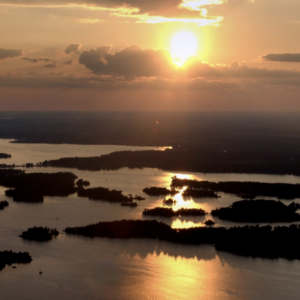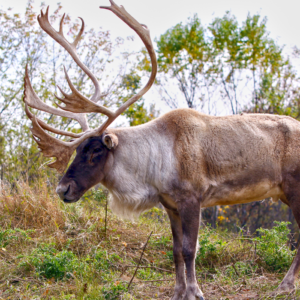Good News for Polar Bears
 Polar Bears that live in Canada’s far north, with ranges that overlap Nunavut and Greenland, will be protected by a new agreement. Canadian Environment Minister Jim Prentice is in Greenland today for the signing ceremony with the governments of Greenland and Nunavut.
Polar Bears that live in Canada’s far north, with ranges that overlap Nunavut and Greenland, will be protected by a new agreement. Canadian Environment Minister Jim Prentice is in Greenland today for the signing ceremony with the governments of Greenland and Nunavut.
From the Ottawa Citizen:
“Conservation groups have said they expect the agreement to be similar to other bilateral deals, such as one signed last year between Canada and the U.S., as well as a separate agreement between Alaska and Russia.
…
Previous bilateral agreements have set a framework for collaboration on scientific research and monitoring of population levels, and could also include specific provisions to address or restrict hunting.”
Read more news from the CBC and the Globe and Mail.
In 2008 the U.S. Fish and Wildlife Service issued its decision to list the Polar Bear as “threatened” under the Endangered Species Act. The Polar Bear is not yet listed under Canada’s Species At Risk Act, despite the fact that more than half of the world’s Polar Bears are found in Canada. You can join the campaign calling on the Environment Minister to add the Polar Bear to Canada’s official Species At Risk list.
About the Polar Bear
Common Name: Polar Bear
Latin Name: Ursus Maritimus
Status: Special Concern (according to the Committee on the Status of Endangered Wildlife in Canada)
Size: Males are typically between two and three metres long and weigh up to 500 kg, though a few weigh as much as 800 kg. Females weigh between 150 to 250 kg.
Population: 22,000 to 27,000
Life Span: 20 to 25 years
Range: Most polar bears live in Canada, but other populations exist in Alaska, Russia, Greenland and Norway.
Threats: Climate change, air pollution, oil spills and toxic chemicals.



